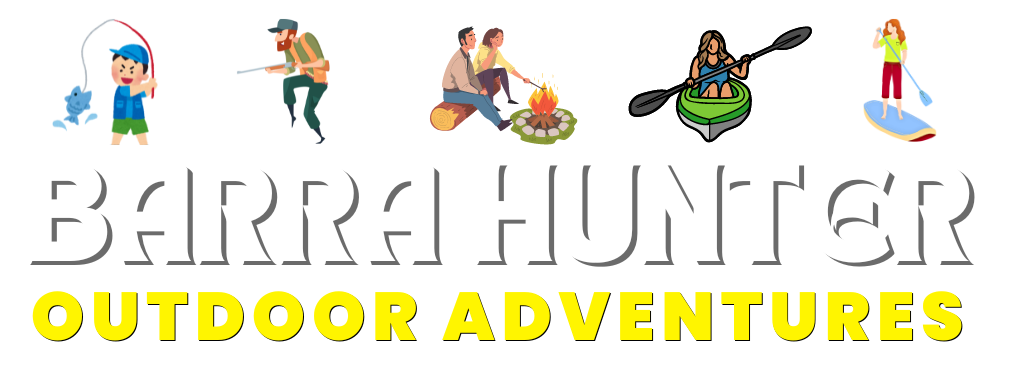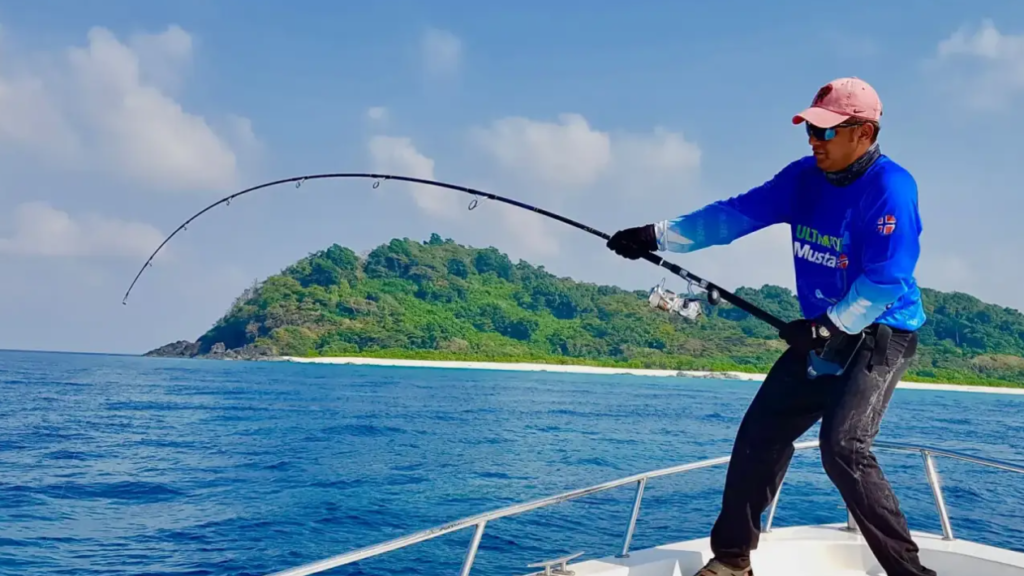How to Find your First Fishing Spot?
Fishing Spot: People remember firsts because they’re unique. Whenever it is the first dog, first football touchdown, first car, or any form of the first phase in life, such incidences are memorable. Of course, fishing trips that are first ever made by the new member of the company, should be properly arranged. Positive or negative or even plain average experience you deliver to your customer will not be forgotten for a lifetime.

Rule #1: Ensure a High Success Rate
Choosing a spot where catching a fish is almost guaranteed is my top priority. For freshwater, I head to a farm pond full of panfish. For saltwater, I opt for a salt pond teeming with schoolie stripers or cocktail bluefish. The goal is to find fish that are eager to bite, providing a satisfying experience for the newcomer. Bigger or more challenging fish are best left for more experienced anglers.
Rule #2: Pick a Comfortable Day
If one is going fishing for the first time, it is better to select beautiful warm day without any signs of rain. Do not seek to go out in harsh weather when the scenario could be uncomfortable such as when the sea is rough, it is raining or windy among others.. Opt for calm water, bright sunshine, and stable, high-pressure conditions. A day with abundant wildlife and safe, firm footing will make the trip even more enjoyable.
Rule #3: Choose a Beautiful, Open Space
Selecting a picturesque spot with plenty of open space can make a significant difference. If the fish aren’t biting, the beauty of a pond surrounded by rolling hills, willow trees, and birds can still make the day enjoyable. Open spaces help prevent frustration from tangled lines, and quiet locations help new anglers focus without too many distractions.
Rule #4: Incorporate Engaging Activities
Adding elements that are part of the fishing experience can make the trip memorable. Consider a place with boat or kayak rentals for variety, a great tackle shop to visit, or an interesting historical or wildlife feature. For instance, spotting a manatee on a first fishing trip to Florida can be unforgettable. Even simple activities like swimming between casts can add to the fun.
Plan Thoughtfully for a Lasting Memory
Proper preparation can make a first fishing trip truly special. Think carefully about the spot and the conditions. Alas, narrating the stories of this first fishing adventure many years later the reader will regret that he spared so little effort on drawing.
Consider all these recommendations and you will facilitate a great experience of the girl’s first time fishing that every one of you will never forget.

Following are a few more relevant pieces of information that you should consider during your fishing session.
Gear Up: Essential Equipment for First-Time Anglers
It is very important to be wholly equipped on the first fishing trip especially if one is a beginner. Begin with a basic setup of fishing with a rod and reel that is easy to manage. Ensure that there are different hooks, bobbers, and sinkers since the fishing trip may require all of them. Do not forget to have a container to help store all the equipment and of course, you can never go wrong with comfy fishing chairs when you have to wait. A small first-aid box is also very important so that at least you are ready to handle small accidents.

Safety First: Ensuring a Secure Fishing Experience
Caution should always be taken in our operation and this should especially be felt by the new entrants. Ensure all the people who are fishing from a boat wear a life jacket. Explain to the children that a hook is sharp and how to use it without getting hurt or giving others a chance to be hurt by it. Precautions are necessary especially when it comes to sun, so applied sun screen, caps, and sunglasses. In cases of an emergency as well one has to be ready for anything; for example it is wise to know where the nearest hospital is for even in an accident situation.
Teaching the Basics: Casting, Reeling, and Handling Fish
Fishing strategies in casting, reeling as well as managing fish comprise of; Fly Fishing, Spinning, Bait Casting, Spear Fishing, Bow Fishing, Trolling, Trawling and Seining. Accustom new anglers to the activity in order that they might feel less uncomfortable. Start practicing the casting in the shore before going to the water. Teach them how to do the reeling actually and how to set the hook when there is a bite by a fish. Explain how fish should be handled and released in order not to cause stress or death to the fish and the angler.

Creating a Positive Atmosphere: Encouragement and Patience
This is why a positive attitude can go a long way of making the difference to the first-time anglers. Praise them when you know they have made some blunders in something they were doing. It shall take time; it is always easier said than done, this case applies to the effort of learning how to fish. Make the outing enjoyable so that fishing or the lack of it is not a problem and the children feel special.
Snacks and Refreshments: Keeping Energy Levels Up
Bring a lot of food and beverages so that the energy of people traveling in car would not fade away. Standard meals should be foods that do not require a lot of knife and fork work like sandwiches, fruits and granola bars. Please, ensure that you take enough water with you since several vitamin water bottles will be provided. Apart from the actual experience of kayaking, preparation and having a meal by the water is also part of the experience.
Capturing the Moment: Photos and Memories
Document the events of the trip by taking pictures that would recreate the beautiful moments of the vacation. These pictures are moments in life; that first fish caught, that majestic sunset, or a stolen ‘REAL’ genuine smile. Also ensure new participants pose for pictures too, in that case, start a photo gallery of the adventure.
Post-Trip Review: Sharing the Experience and Learning
The last step is to take time and reflect, discuss what had taken place on the trip. Share what the group got out of it, the positives, and ideas of how it could be done better next time. It allows posting photos and describing the friendly trip and the joy it brought to share it as a motivation for others to try it and go fishing.
Choosing the Right Bait: What Works Best for Beginners
Tackling the right bait can make fishing more effective for the new fishers. The worms and minnows are good for freshwater fishing while the squid, shrimp are good for salt water fishing other types of fish include. Summarize the rationale for each action and give advice on how to correctly attach the bait. It can enhance confidence levels and enable one catch fish hence faming is enriched by this knowledge.
Environmental Awareness: Respecting Nature and Wildlife
Teaching beginners to respect the environment is crucial. Stress on the aspect of tidiness and how they should not leave behind any trace of their activities especially at the fishing area. Explain catch-and-release practices and why they matter. Instilling a sense of environmental stewardship ensures that fishing remains enjoyable for future generations.
Follow-Up Trips: Planning the Next Adventure
The first fishing trip is just the beginning. Encourage new anglers to plan follow-up trips to build on their skills and confidence. Suggest different locations and types of fishing to explore. By continuing to fish, they can develop a lifelong hobby that brings joy and relaxation.









